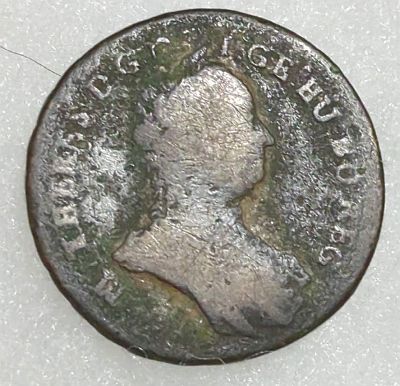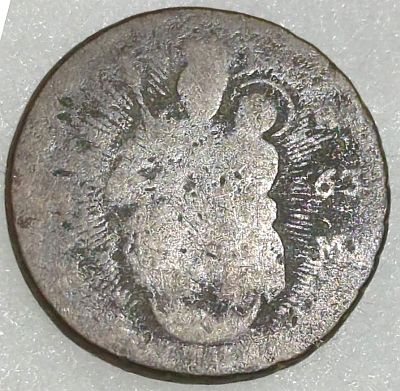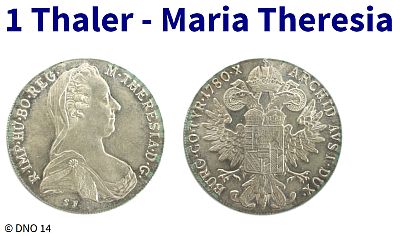Here is a “Poltura” from Hungary, dated 1763:

The obverse of the coin features Maria Theresa (Mária Terézia). Maria Theresa was ruler of the Habsburg dominions from 1740 until her death in 1780, and the only woman to hold the position suo jure (“Suo Jure” meaning she held the title independently of her husband, Francis I, Holy Roman Emperor). She was the sovereign of Austria, Hungary, Croatia, Bohemia, Transylvania, Mantua, Milan, Galicia and Lodomeria, the Austrian Netherlands, and Parma (Maria Theresa Wikipedia page). By marriage, she was also Duchess of Lorraine, Grand Duchess of Tuscany, and Holy Roman Empress.

The coin features a “Larger radiant glorified and crowned Madonna with child on her left arm” (from Numista). Hungary is a very Christian nation. Some believe that the history of the Hungarian state is as long as the history of Christianity in Hungary. This is due to the belief that the state’s founder, King St. Stephen, introduced Christianity as a state religion in 1000 AD. The image of Madonna and the child Jesus on coins has been common for centuries. Numista lists a coin dated 1172 – 1196 featuring Madonna and child.
My coin is quite worn; or I like to say, a bit of a “smoothie”. Here is a similar design from an 1844 20 Krajczár:

My poltura mightn’t have all the original detail, but it does have some nice colouring:

The first coin many people might think of connected to Maria Theresa is the Thaler, a silver coin originally minted during her lifetime. Since her death in 1780, that coin has continued to be minted, still dated 1780. Image from Numista:

So far, we’ve looked at coins of three different denominations. In fact, 1700s Hungary had quite a few.
According to Numista, from 1526 – 1754: 2 Obulus = 1 Denár • 3 Denár = 2 Duarius = 1 Krajcár • 3 Krajcár = 2 Poltura = 1 Garas • 120 Krajcár = 1 Tallér
And from 1754 – 1857: 60 Kreuzer = 1 Forint • 2 Forint = 1 Konventionsthaler
All I can say with some certainty is 1 Poltura = 1 1/2 Krajcár. Numista tells me that my Poltura was worth 1/40th, which I had to stop and think about for a moment because I kept trying to work out how many Poltura were in a Taler. Numista were counting how many Poltura were in a Forint, not a taler.
Hungarian currency was decimalised in 1857 with 100 Krajczár = 1 Forint, and that seems a lot easier to follow – to me at least!
Ok, back to my particular Poltura, and the other thing I noticed about it, is that it has an interesting edge design:

Numista originally only noted a “plain” edge for this coin, however I have submitted this photo of the decorated edge my piece has, which I also found referenced on cgbfr.com.


Leave a Reply